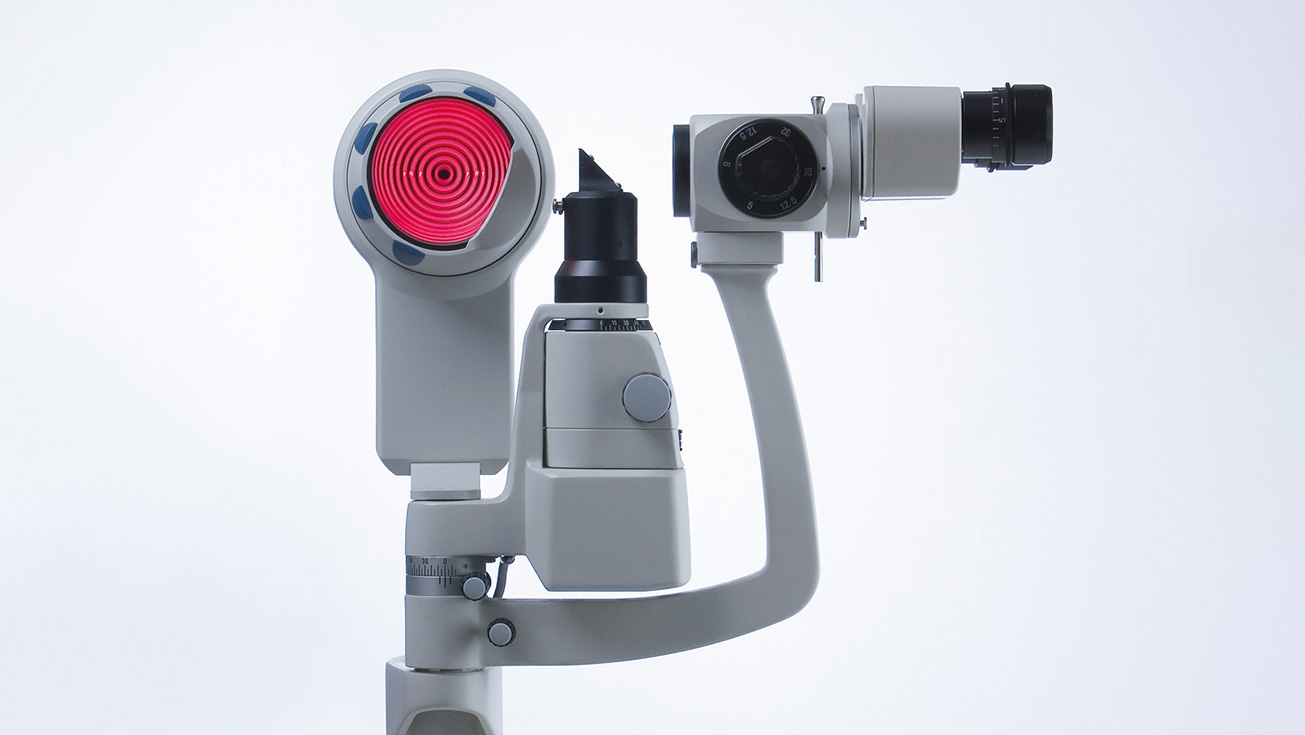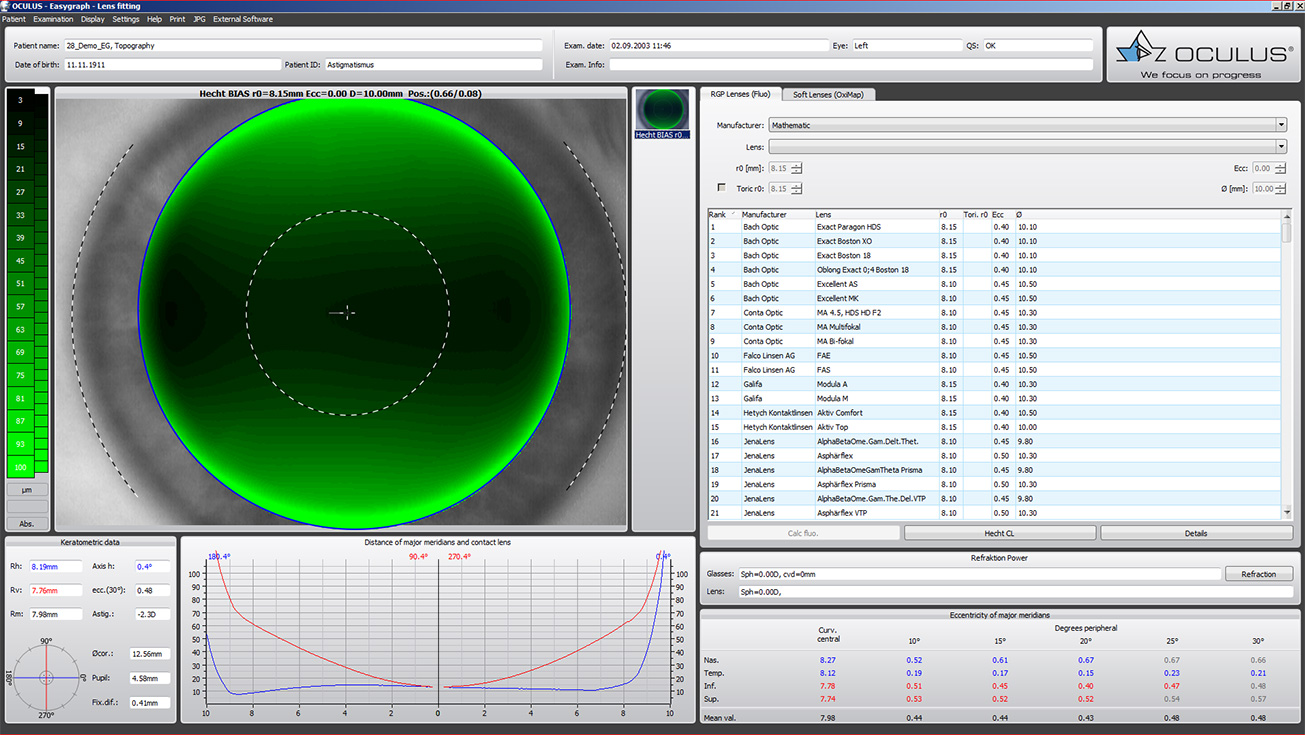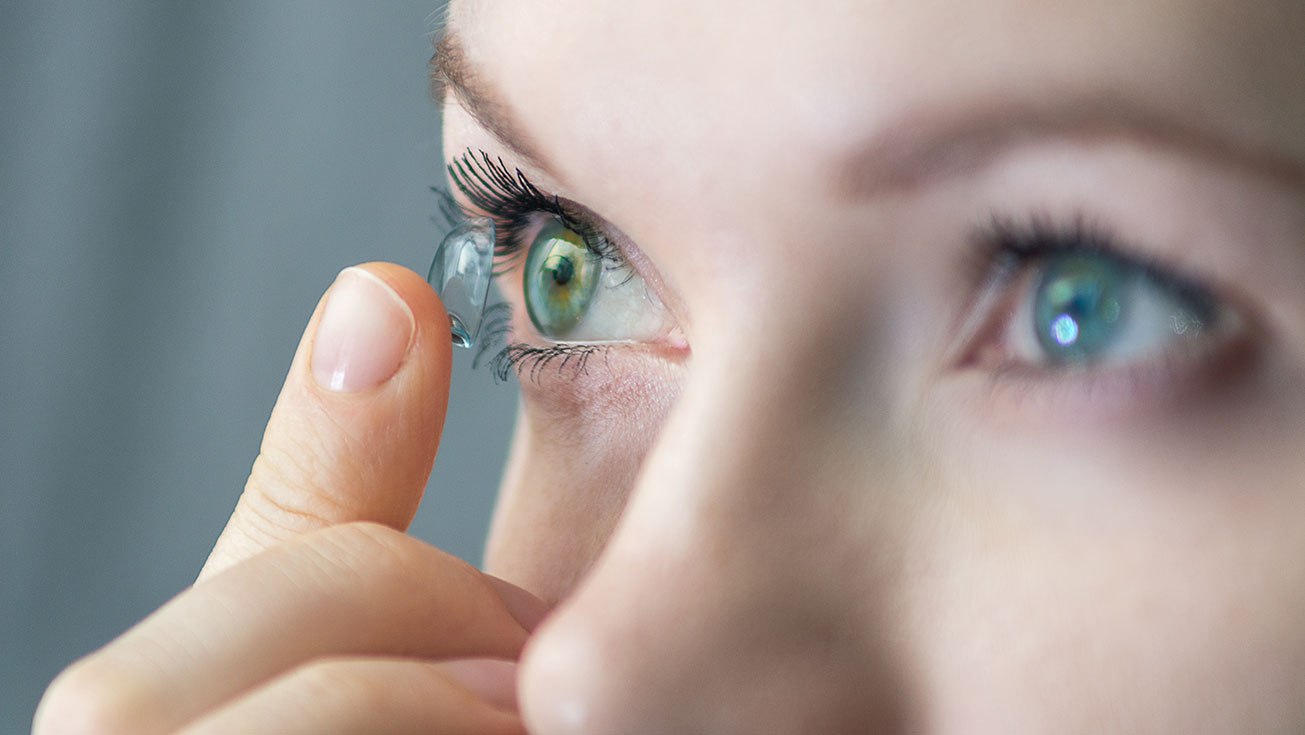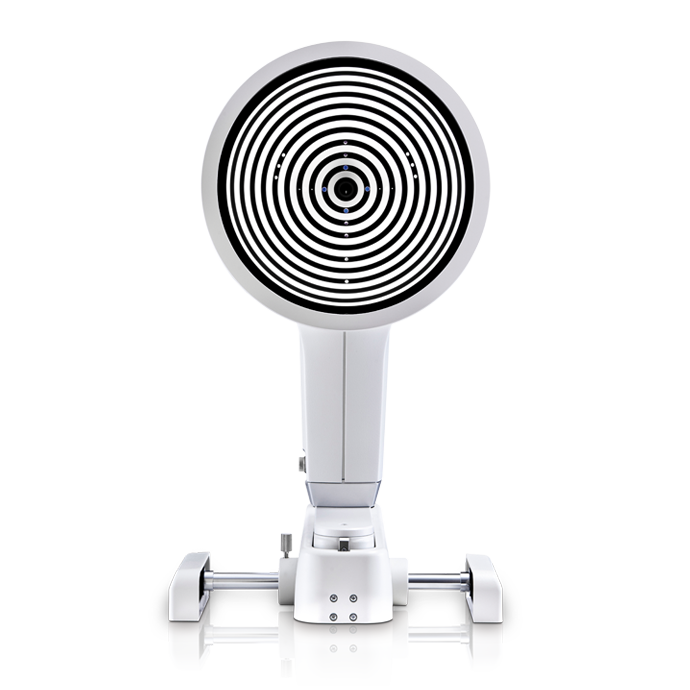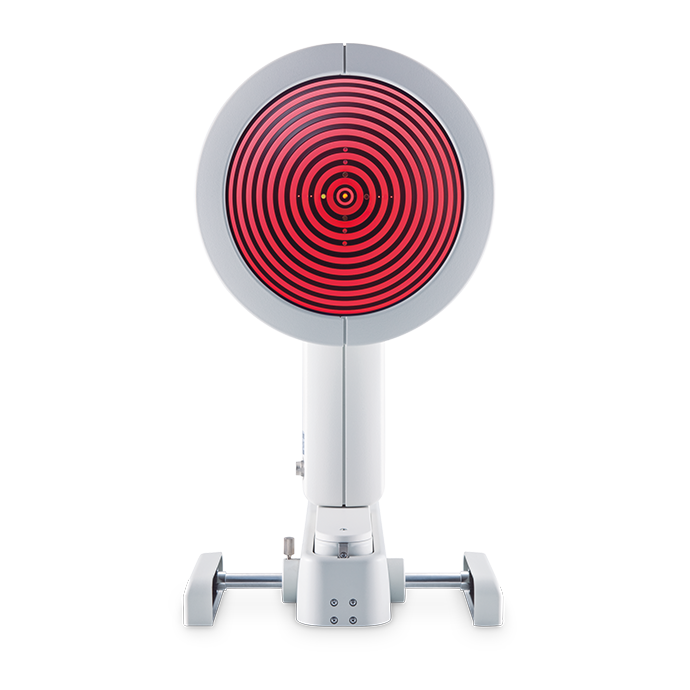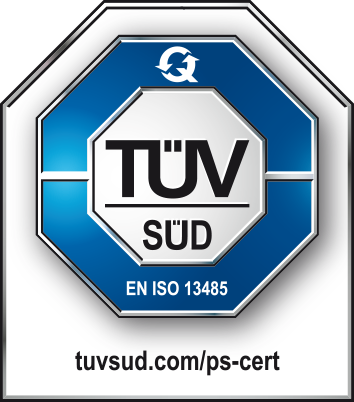The Easygraph – The Small Performance Wonder
The Easygraph offers the ideal solution to practices struggling with limited space. Mounting directly on the slit lamp, this space-saving corneal topographer incorporates assessment of the cornea directly into the examination process.
The Easygraph uses the same precise measuring technology as the Keratograph and is both a topographer and a keratometer combined into one unit. Numerous analysis and display formats support you in the quantitative classification of the cornea.
The optionally available Contact Lens Fitting and OxiMap® software modules can also be integrated to add confidence and trust to all contact lens consultations.
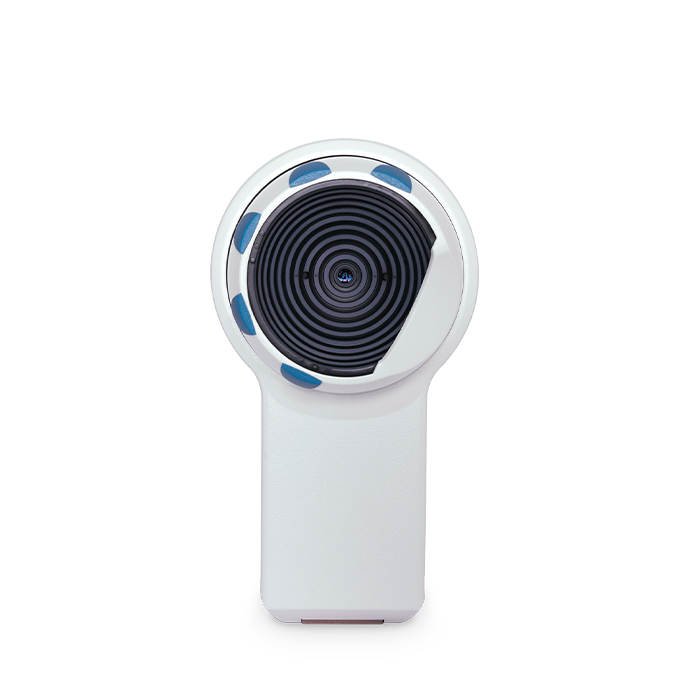
Functions
Compact Corneal Topographer
The Easygraph combines small construction with grand technology. The tried and tested measuring system is identical to that of the keratograph. This compact topographer is a combination of a topography system and an integrated keratometer. In the non-contact examination process, 22 000 measuring points are used to map the cornea. Digital image transmission and automatic release guarantee the best possible reproducibility.
Simple Mounting on the Slit Lamp
The Easygraph comes complete with a slit lamp adapter and holder. These make it easy to move the Easygraph from the work position to the idle position. After using the Easygraph, you can resume the examination with the slit lamp as normal.
Precise Measurement, Easy-to-Understand Presentation
Precise measurement is the basis for many types of analysis. Graphic presentation of the data supports you in the evaluation and quantitative assessment of the corneal topography:
show more- Overview with camera image and color map
- 3D and 2D display
- Various color maps
- Plot of the Fourier analysis
- Refractive map
- Height map of the topography data
- Map of the sagittal and tangential radii
- Comparison of different examination results for follow-up purposes
Contact Lens Fitting
The topography data provide the contact lens fitter with comprehensive support, whether he is a specialist or a newcomer to the job. The first placement of the contact lens and initial checking of the fit take place without any actual physical contact – simulated on the PC. This saves time and paves the way to the ideal contact lens for the patient.
Progression Follow-up Diagnostics
Regular progression follow-ups are essential, not only for cases of keratoconus. In the “Compare examination“ display, up to four examinations can be directly compared with each other and any changes of the corneal topography can be displayed with color-coding.
Display of Refractive Corneal Changes
Changes in the refractive power of the cornea as a resulting of wearing of Ortho-K contact lenses or of refractive surgery can be analyzed and documented.
Software
The heart of the Easygraph
Keratoconus Detection at the Highest Level
Zernike-Analysis
How Much Oxygen Really Reaches the Cornea?
Plain and Comprehensive Visualization Assures Patient Loyalty!
Compare Different Soft Contact Lenses!
OxiMap® was developed in close cooperation with JENVIS Research and the University of Applied Sciences in Jena.






Title
Description
Specifications
Technical Data
| Measuring range | 0.1 – 1.5 in, 9 – 99 D |
| Accuracy | ± 0.1 D |
| Reproducibility | ± 0.1 D |
| Number of rings | 22 |
| Working distance | 40 mm |
| Number of test points | 22 000 |
| Dimensions: W x D x H | 4.7 x 4.0 x 8.5 in |
| Weight | 1.6 lbs |
| Power supply unit | Input: 100 – 240 V Output: 5 V / 1 A |
| PC Minimum requirements | Processor: Intel® Core™ i5-6600, 8 GB RAM, Hard drive space: min. 500 GB, Windows® 10 Pro |
Contact us!
Request a quote or contact us if you need further information.
Request a quoteContact requestHotline
Questions?
Get in touch with us.
Tel. +1 888 284-8004
